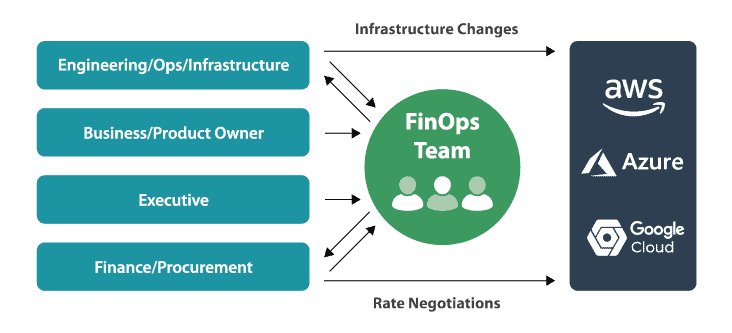What is FinOps
FinOps is the Cloud Financial Management practice that combines technology, finance, and governance to optimize costs and increase the efficiency of cloud computing resources. It thus serves to ensure that each cloud resource generates real value for the business, without waste. This article is a guide to understanding how to apply FinOps to control cloud spending, create efficient governance, and build a culture of continuous optimization.
How FinOps Maximizes Financial Potential in the Cloud
Cloud computing has brought agility, scalability, and innovation. However, Decentralizing access to cloud resources, especially in hybrid cloud environments, presents significant challenges, such as runaway costs and a lack of visibility. This reality makes it difficult to control IT budgets and manage finances, known as Cloud Financial Management (FinOps).
However, it also introduced new financial management challenges, such as a lack of cost visibility and difficulty keeping budgets under control.
FinOps emerges as the bridge between the technical and financial areas, promoting collaboration, transparency and accountability in cloud spending.
To overcome these obstacles and ensure your organization's success in the cloud, it is crucial to develop a comprehensive cloud financial management strategy that is aligned with your cloud strategy.
How to identify your company's FinOps maturity
- Do you know how much your company spends on the cloud per project or area?
- Are tags and reports configured correctly in your account?
- Do you review instances and storage monthly?
- Is there a dedicated team (CCoE) responsible for FinOps?
- Is there automation for shutting down idle resources?
Therefore, if the answer to more than two questions was no, your company still has room to evolve in FinOps.
Read also
FINOps and Cloud Spend Management: Reduce Waste and Costs in the Cloud
How FinOps can improve your company's financial management
ServiceNow in FinOps X 2025: Key Platform for Integrating FinOps and ITSM
The three pillars of FinOps
1. Inform, gaining visibility over costs
In this first phase, the priority is to understand what is being spent, where, and by whom. After all, without this clarity, there is no way to optimize. Therefore, visibility is the foundation that allows us to define budgets, forecast expenses, and promote a culture of financial responsibility.
2. Optimize, adjust and eliminate waste
With the data in hand, the second phase is to take action. This means analyzing usage patterns and identifying underutilized resources, idle instances, and reservation opportunities. This step is cyclical and follows the PDCA (Plan, Do, Check, Act) model.
3. Operate, creating a continuous FinOps culture
The final phase consolidates FinOps as part of the organizational culture. It involves multidisciplinary teams, including technology, business, and finance, working together to ensure continuous governance. Essential elements include creating a Cloud Center of Excellence (CCoE); defining success metrics and KPIs; and conducting periodic performance and cost reviews.
FinOps Fundamentals
The fundamental principles of FinOps are the foundation of this methodology and guide cloud cost management strategies. Furthermore, they define the values and guidelines that help organizations achieve financial and operational efficiency. Below, we highlight the main pillars of FinOps:
1. Total Cost Visibility
The first principle of FinOps is to ensure complete, real-time transparency into cloud spending. With this visibility, teams can make more informed decisions about where and how to optimize costs.
2. Shared Responsibility
FinOps advocates shared responsibility, where all teams involved must understand and manage the costs associated with their activities. This promotes a culture of shared responsibility and alignment between technical and business areas.
3. Team Collaboration
Cooperation between teams is essential to the success of FinOps. Thus, the integration between development, operations, and finance enables the joint creation of optimization strategies, in addition to the sharing of metrics, learnings, and best practices.
4. Automation and Efficient Tools
Automation is a key element in FinOps. After all, it eliminates manual and repetitive tasks, increasing accuracy and agility in cost management.
5. Continuous Optimization
FinOps is a dynamic and iterative process. Organizations must continually review their strategies, identify opportunities, and adjust practices.
These principles underpin the FinOps culture and help companies manage their cloud costs efficiently, transparently, and in a results-oriented manner. By consistently applying them, organizations maximize the value of their investments and drive financial and operational performance.
What is the structure proposed by the FINOps foundation to operate a Cloud Excellence Center?

Direct benefits of FinOps for your company
FinOps goes beyond cost savings. After all, it transforms the way companies manage their cloud resources, generating efficiency, transparency, and collaboration.
- cost reduction — cost optimization without compromising performance.
- Budget predictability — more accurate planning for future investments.
- Highest ROI in the cloud — better use of resources and return on investment.
- Team integration — collaboration between technical, financial and business areas.
- Agile, data-driven decisions — real-time insights for quick responses.
- Sustainability — efficient and responsible use of digital resources.
FinOps Best Practices from CIO.com
Regardless of whether companies adhere to guidelines or best practices in their own cloud governance projects, Cio.com says there are four main strategies for managing cloud spending:
- Identify who spends on what: Use tags and detailed reports.
- Avoid oversizing resources: pay only for what you need.
- Streamline expenses: Invest in reserved instances and on-demand plans.
- Adapt your applications to the cloud: design solutions that scale horizontally.
What is Cloud Spend Management?
Cloud Spend Management brings together practices, tools, and policies designed to monitor, control, and optimize spending on cloud services.
Therefore, it is a technical pillar of FinOps, responsible for ensuring the efficient use of cloud resources.
Without this control, companies risk losing visibility into costs, as resources are consumed on demand and by multiple areas—which can lead to waste, misuse, and financial surprises at the end of the month.
Why Cloud Spend Management is Important
The cloud brings agility and scalability, but requires rigorous financial management. Adopting Cloud Spend Management helps avoid:
- Uncontrolled cost growth
- Waste of resources due to poor configuration
- Lack of accountability between teams
- Compliance and security risks
In short, Cloud Spend Management is what ensures efficiency, transparency, and financial control in corporate cloud environments.
Cloud Center of Excellence (CCoE)
The Cloud Center of Excellence (CCoE) is a cross-functional group that governs cloud usage, promoting best practices across the organization. Its main responsibilities include:
- Execute the cloud strategy.
- Promote collaboration and best practices, such as Tagging Management.
- Evaluate and utilize cloud technologies to support business initiatives.
In short, the CCoE creates a culture of financial awareness (FinOps) and accountability, essential to the success of CFM FinOps.
FinOps and the Future of the Cloud
With the expansion of hybrid, multicloud, and sustainable environments, FinOps becomes a key competitive differentiator for companies looking to scale securely and predictably.
Thus, the future of cloud management points to a scenario in which:
- AI automates 100% of FinOps operations, making management more precise and proactive.
- Cloud cost becomes a strategic metric, integrated with business performance indicators.
- FinOps connects to ESG goals, promoting sustainability and corporate governance.
FinOps as a competitive differentiator
By 2025, FinOps will be crucial to the success of digital companies. After all, it unites technology, finance, and business in a collaborative, data-driven, and results-oriented model, ensuring efficient, innovative and sustainable growth in the cloud.
FAQ – FinOps
1. What does FinOps mean?
FinOps is the practice of financial management in cloud environments, bringing together IT, business, and finance to optimize costs and maximize value.
2. Is FinOps only for large companies?
No. Small and medium-sized businesses can also implement FinOps modularly, starting with basic visibility and automation.
3. What is the difference between Cloud Cost Management and FinOps?
Cloud Cost Management is about monitoring costs; FinOps goes beyond that, including culture, governance, and ongoing collaboration.
4. How to measure the success of a FinOps project?
Use metrics such as cost efficiency, percentage savings, and budget predictability.
5. Which clouds support FinOps?
AWS, Azure, Google Cloud, and VMware are fully compatible with FinOps practices.
Next steps to successfully implement FinOps
- Build a multidisciplinary FinOps team (IT, finance and business).
- Implement monitoring and tagging tools.
- Set savings and efficiency goals.
- Automate reporting and termination policies.
- Continuously empower your team.
Did you know that the 4MATT Technology and your consultants are pioneers in Brazil in Software Governance, FINops and Cloud Center of Excellence? In other words, if youWant to get results and good management of your cloud? Contact us and optimize your finances with FinOps.



